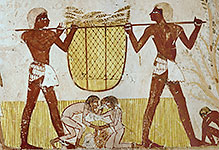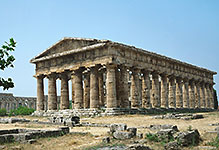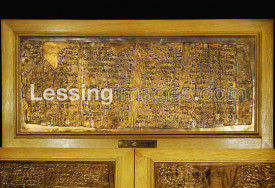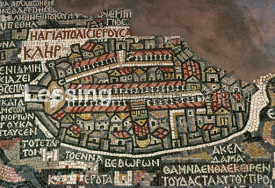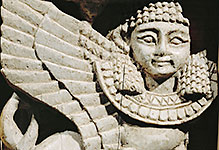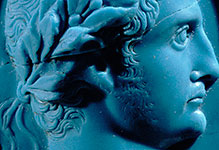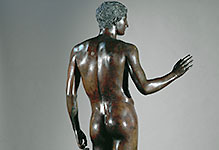
Antiquity
Ancient Egypt, Ancient Greece, Imperial Roman Period, Ancient Middle East.

#03030263
Small Pyramid with relief of Sungod Re-Harakhte as falcon and evil demon Apep as...

#03030264
Amenirdis I, Kashta's daughter, was established as God's Wife of Amun in Thebes....

#03030265
Relief of Mark Antony (ca. 83 BCE – August 30 BCE; he was a Roman politician an...

#03030266
An Egyptian terracotta figurine showing a man driving an Archimedean screw as a...

#03030267
Mural from the Thracian Tomb of Kazanlak. Kazanlak, Valley of Roses, Bulgaria;...

#03030268
Hunters or warriors on horseback. Harness plate, silver, gilded (400-350 BCE)....

#03030269
Votive stele of a Thracian horseman found near the village of Zlatna Panega, Lov...

#03030316
Painted cramic vase, Bronze Age, 1500 BCE.Tripod-footed pot with chequer-board d...

#03030317
Glass jar, Mesopotamian, from Nimrud (ancient Kalhu), northern Iraq, possibly Po...

#03030318
The god Harpokrates, Phoenician, 6th-5th century BCE. Bronze figurine represent...

#03030319
Tablet with part of the Babylonian Chronicle, southern Iraq, Neo-Babylonian, 55...

#03030320
Tablet with part of the Babylonian Chronicle, southern Iraq, Neo-Babylonian, 55...
